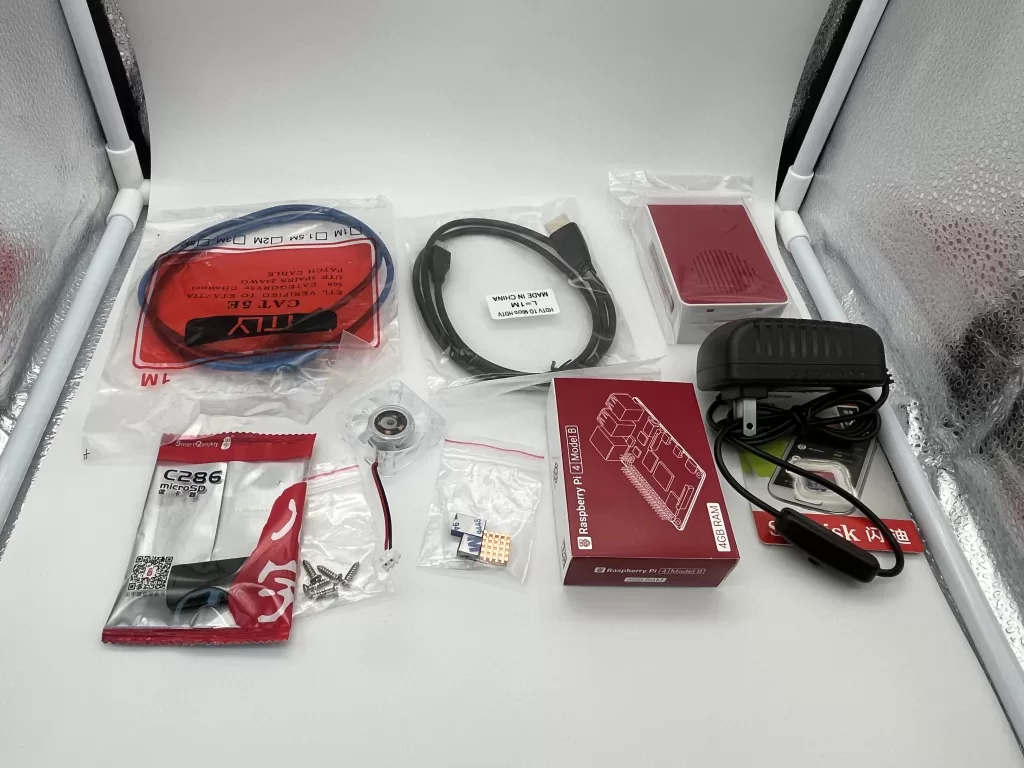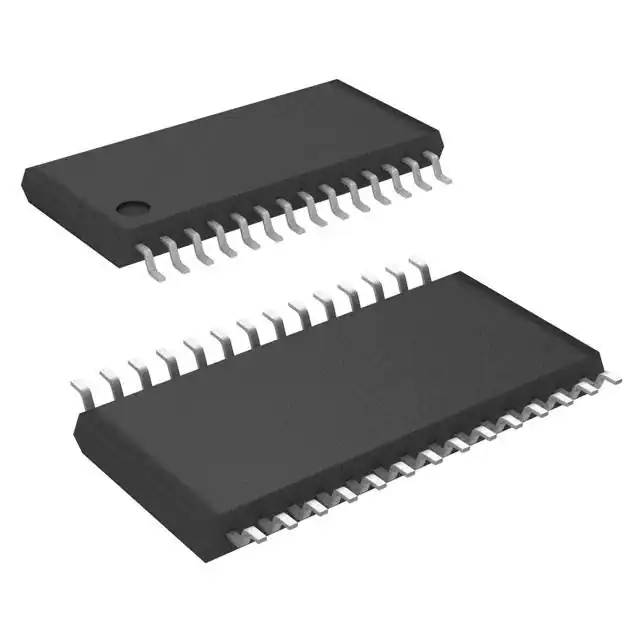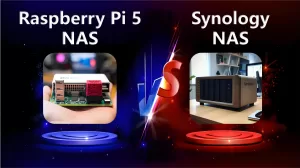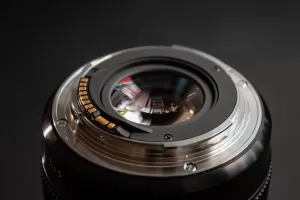In this blog, we will unveil Resonators' secrets and equip you with the knowledge to understand and appreciate these essential components.
View detailsAccelerometers Basics: Understanding the Essentials of Motion Sensing
In this blog, we will delve into the fundamentals of accelerometers, exploring their functionality, types, applications, and significance in modern technology.
What is an Accelerometer?

An accelerometer is a sensor that measures proper acceleration, which is the acceleration experienced relative to free fall. It provides useful information about the position and movement of objects in three-dimensional space by detecting changes in orientation and velocity. Accelerometers find application in a multitude of systems and gadgets, ranging from wearables and smartphones to industrial gear and aeronautical equipment.
Types of Accelerometers
- Piezoelectric accelerometers: When an object accelerates, these devices produce an electrical charge using piezoelectric materials.
- Capacitive accelerometers: They use motion-induced changes in capacitance to detect acceleration.
- Piezoresistive accelerometers: These gauge variations in resistance brought on by acceleration using piezoresistive materials.
- MEMS accelerometers: MEMS accelerometers are small mechanical structures that are used by microelectromechanical systems accelerometers to sense acceleration.
- Strain gauge accelerometers: Accelerometers that use strain gauges detect changes in electrical resistance brought on by acceleration to calculate acceleration.
When Were Accelerometers Invented?
Accelerometer technology dates back to the early 20th century, with notable developments taking place in the second half of the century. The 1980s saw the development of microelectromechanical systems (MEMS) technology, which revolutionized the mass manufacturing and shrinking of accelerometers. As a result, accelerometers are now widely used in industrial equipment, car safety systems, and consumer electronics.
Video related to Accelerometer
How does an Accelerometer Work?
- The Core Concept:
Imagine a tiny weight held aloft by tiny springs within a box. The weight's inertia tries to stop the box from moving faster than its initial speed as it accelerates, but the box itself moves faster. As a result, the springs experience a deflection that is proportionate to the force applied to them.
- Sensing the Deflection:
Different types of accelerometers use different methods to sense this spring deflection:
- Piezoelectric: These sensors work with a substance that, under stress, produces a voltage. A voltage corresponding to the acceleration is produced when the material is squeezed by the spring's deflection.
- Capacitive: The capacitance of the tiny plates inside the sensor varies according to their proximity to one another. The capacitance is impacted and an acceleration measurement is provided by the change in plate spacing caused by spring deflection.
- Piezoresistive: These sensors use materials that, when subjected to pressure, alter electrical resistance. The material is squeezed by spring deflection, which modifies its resistance and indicates the acceleration level.
- Converting the Signal:
The output of the sensor—whether it be a change in resistance, capacitance, or voltage—is then transformed into a digital signal so that a computer or other device may process it. This digital signal, which is usually expressed in g units (where 1 g is the acceleration caused by gravity), represents the measured acceleration.
- Multi-Axes and Applications:
The majority of accelerometers can detect movement in all directions since they record acceleration in three axes (X, Y, and Z).
What Does an Accelerometer Do?
Accelerometers have a wide range of applications, including:
- Motion tracking: Accelerometers are used by virtual reality headsets, smartphones, and fitness trackers to measure acceleration forces, track movement, and count steps.
- Navigation: In situations where satellite signals are weak, accelerometers help GPS determine direction and alignment.
- Vehicle stability control: Autonomously changing the brakes and steering to retain control, cars employ accelerometers to detect skids and rollovers.
- Industrial automation: Accelerometers are necessary for balance, navigation, and collision avoidance in robots and drones.
- Medical applications: Accelerometers can follow sleep patterns, identify falls in the older population, and monitor tremors in Parkinson's disease patients.
IMU vs Accelerometer
An Inertial Measurement Unit (IMU) typically consists of multiple sensors, including accelerometers, gyroscopes, and sometimes magnetometers, integrated into a single device. In contrast to an accelerometer, which measures only linear acceleration, an IMU monitors both linear and angular motion more thoroughly. The orientation, velocity, and position of an item in three dimensions can be precisely recorded by an IMU by merging data from several sensors.
Can Accelerometers Measure Vibration?
Accelerometers can detect and measure vibration in addition to their primary purpose of measuring accurate acceleration. Accelerometers may measure periodic fluctuations in acceleration, which are a component of oscillatory motion known as vibration. Accelerometers are an invaluable instrument for tracking the health of machinery and structural integrity since they can measure vibration levels by examining the frequency and amplitude of the output signal.
Are Accelerometers Accurate?
Accelerometers can provide accurate measurements of acceleration when properly calibrated and utilized within their specified operating conditions. Accelerometer measurement accuracy is affected by various factors, including calibration stability, noise, and sensor resolution. The accuracy and dependability of accelerometers in a variety of applications are enhanced by sophisticated calibration methods, sensor fusion algorithms, and quality control procedures.
Where Are Accelerometers Used?
As mentioned earlier, accelerometers are found in a vast array of applications. Here are just a few examples:
- Consumer electronics: Consumer electronics include virtual reality headsets, gaming controllers, fitness trackers, smartphones, and smartwatches.
- Transportation: Automobiles, aircraft, drones, and robots.
- Industrial automation: Assembly lines, quality control, and manufacturing robots.
- Healthcare: Fall detection, sleep patterns, and Parkinson's tremor monitoring devices.
- Sports and fitness: Monitoring athlete output and examining gait patterns.
- Space exploration: Navigation and stability of spacecraft, rovers, satellites, and other space exploration tools.
Conclusion
In conclusion, accelerometers are crucial parts of motion-sensing technology that provide insightful information on vibration, acceleration, and orientation for a wide range of applications. They are essential components of industrial machinery, consumer electronics, vehicle safety systems, and aerospace equipment due to their utility, accuracy, and adaptability. Gaining an understanding of accelerometers' principles and applications is essential to maximizing their potential to drive technological innovation and meet changing societal demands.
Ella
Ella is a skilled embedded systems engineer with experience in PCB design and microcontroller programming. She is committed to following the most recent developments in the field and is constantly seeking for ways to apply them to her work.
WEW ALL POSTS BYElla-
Unveiling the Secrets of Resonators: A Deep Dive into Exhaust Harmony 204
-
Raspberry Pi 5 NAS vs Synology NAS for Photo Storage and Backup 565
In this blog, we aim to provide an in-depth comparison of Raspberry Pi 5 NAS and Synology NAS, delving into the key aspects of each system, includi...
View details -
HEPA Filters: Your Solution for Cleaner Air 78
In this blog, we will dive into the world of HEPA filters, exploring their functionality, benefits, and practical uses.
View details -
What are Proximity Sensors: Types, Working Principle and Applications 620
In this blog, the basics of proximity sensors will be explored to help readers more understand this excellent sensor.
View details -
Understanding Thyristors: How They Work and Where They’re Used 686
Thyristors are essential parts of contemporary power systems and electronics, and they are important for regulating high-power circuits. We will ex...
View details -
Decoding the 4-Way Switch: Wiring and Installation Tips 303
The 4-way switch occupies a special place in the world of electrical wiring because it can be used to control one light or a group of lights from s...
View details
 Ampheo Electronics
Ampheo Electronics






